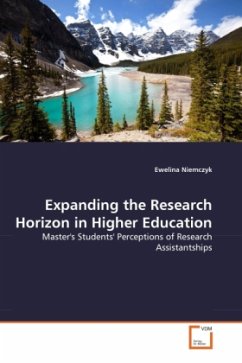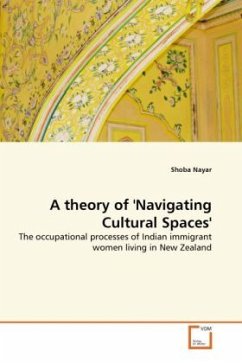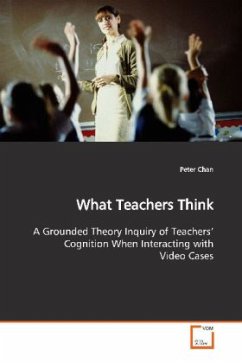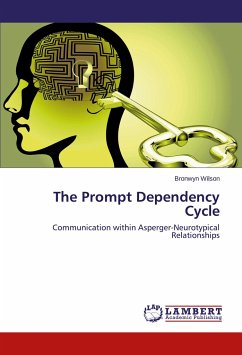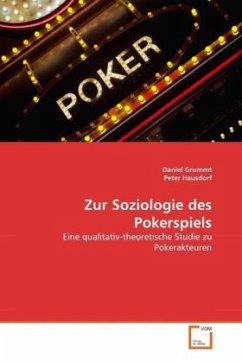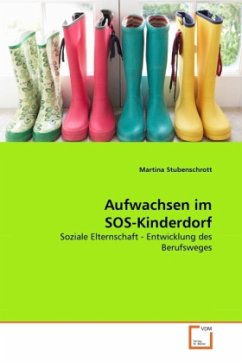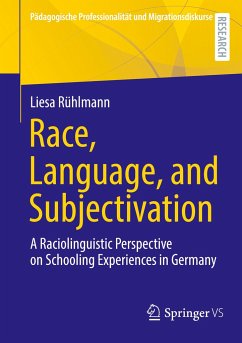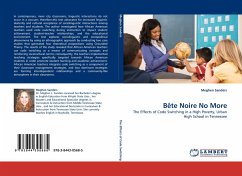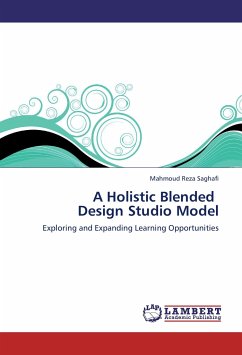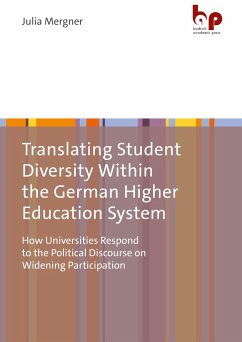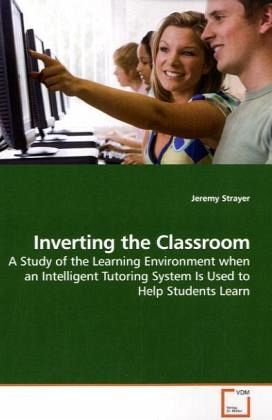
Inverting the Classroom
A Study of the Learning Environment when an Intelligent Tutoring System Is Used to Help Students Learn
Versandkostenfrei!
Versandfertig in 6-10 Tagen
45,99 €
inkl. MwSt.

PAYBACK Punkte
23 °P sammeln!
With the rise of technology use in college classrooms, many professors are structuring their instruction in innovative ways. The inverted classroom is a structure that uses technology to move lectures outside the classroom and uses learning activities to move practice with concepts inside the classroom. This book presents research that compares the learning environments of an inverted classroom with a traditional classroom. Findings show that the inverted classroom students were less satisfied with how the classroom structure oriented them to the learning tasks in the course. Also, the variety...
With the rise of technology use in college classrooms, many professors are structuring their instruction in innovative ways. The inverted classroom is a structure that uses technology to move lectures outside the classroom and uses learning activities to move practice with concepts inside the classroom. This book presents research that compares the learning environments of an inverted classroom with a traditional classroom. Findings show that the inverted classroom students were less satisfied with how the classroom structure oriented them to the learning tasks in the course. Also, the variety of activities in the inverted classroom contributed to an unsettledness among students that traditional classroom students did not experience. As a result, this analysis develops the concept of student comfortability with learning activity in light of learning environments research and activity theory. The results presented here will be useful for educators in all fields who are interested in innovative teaching methods.



